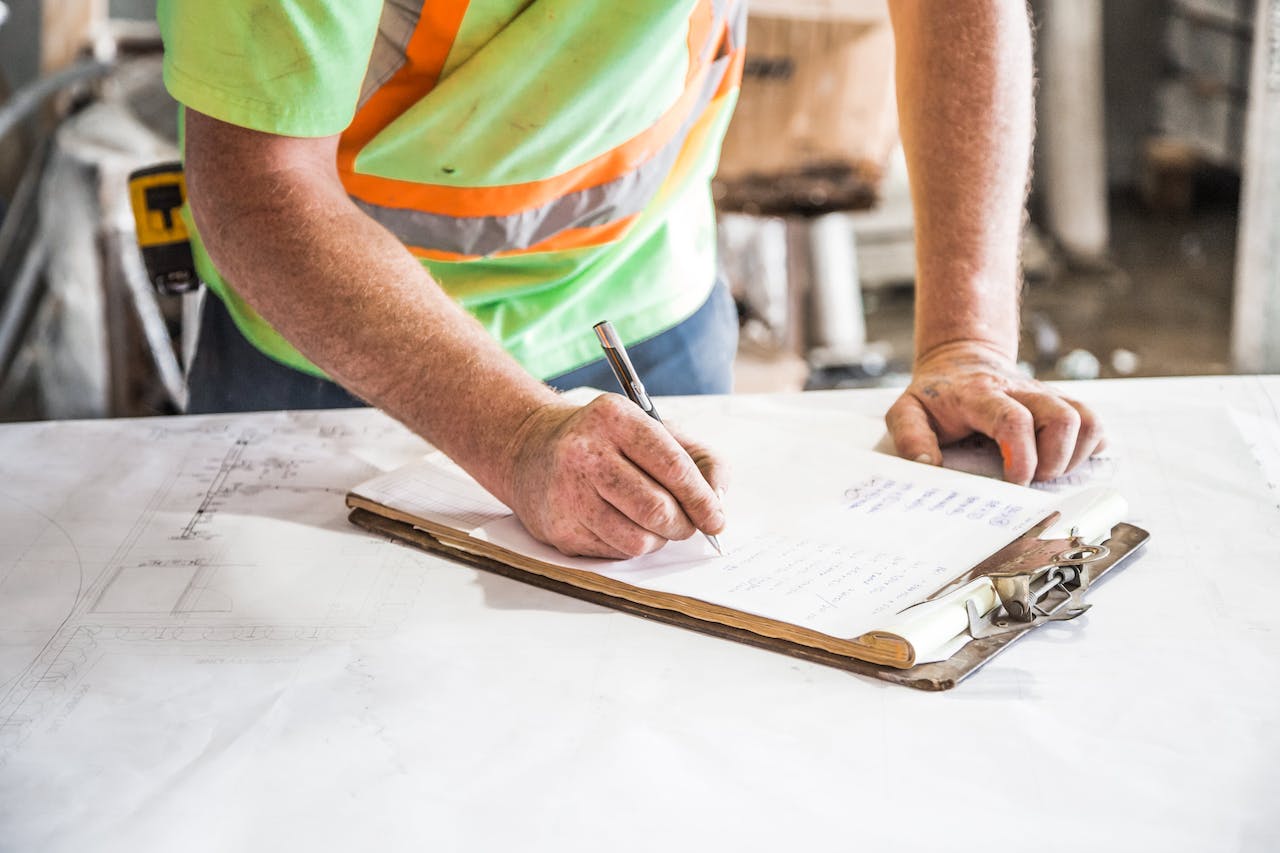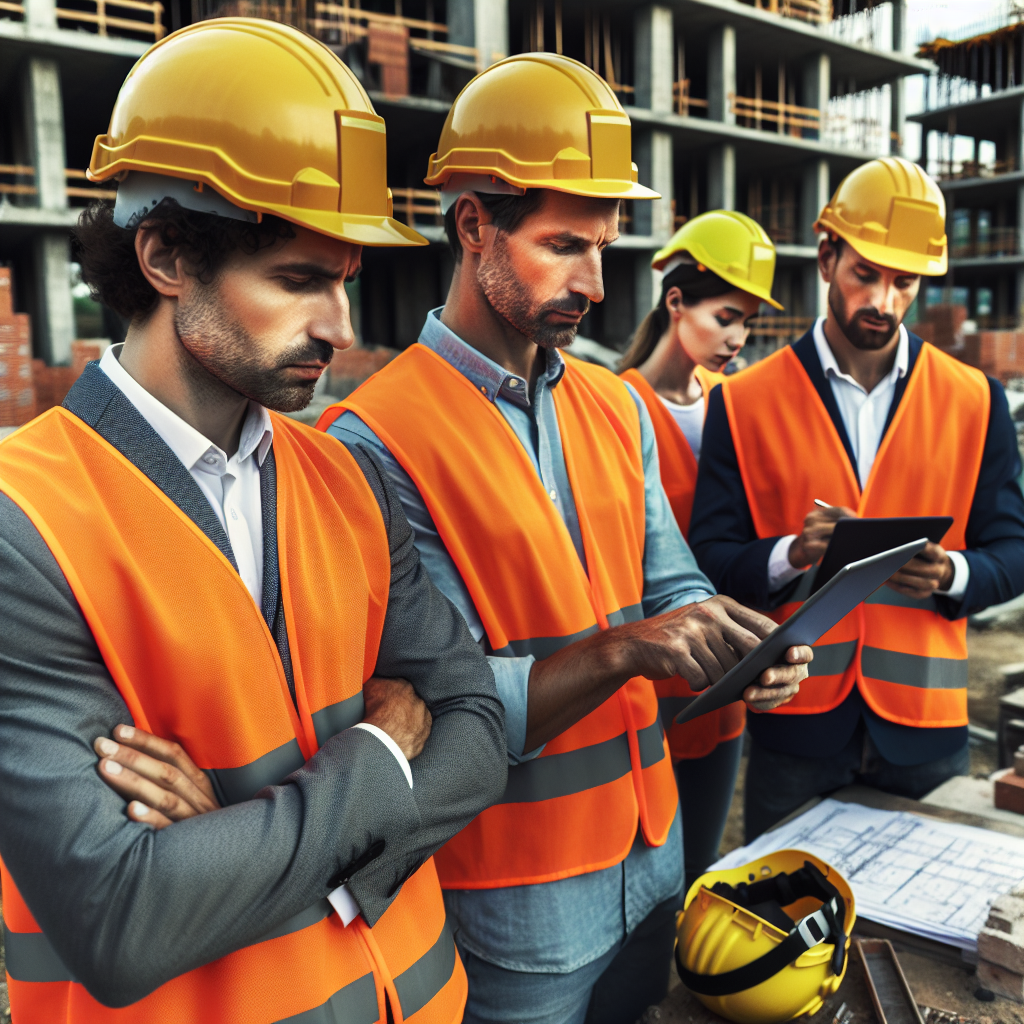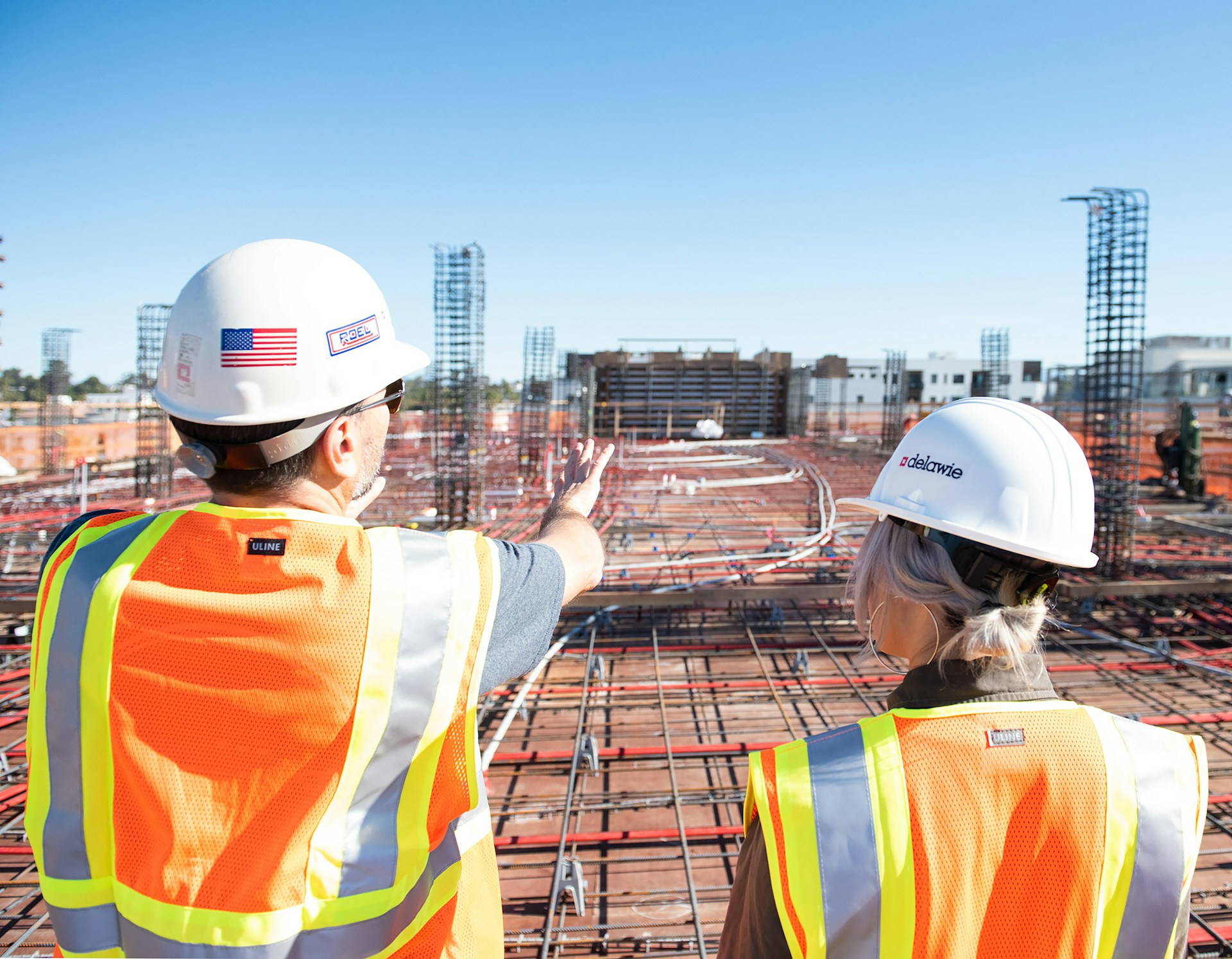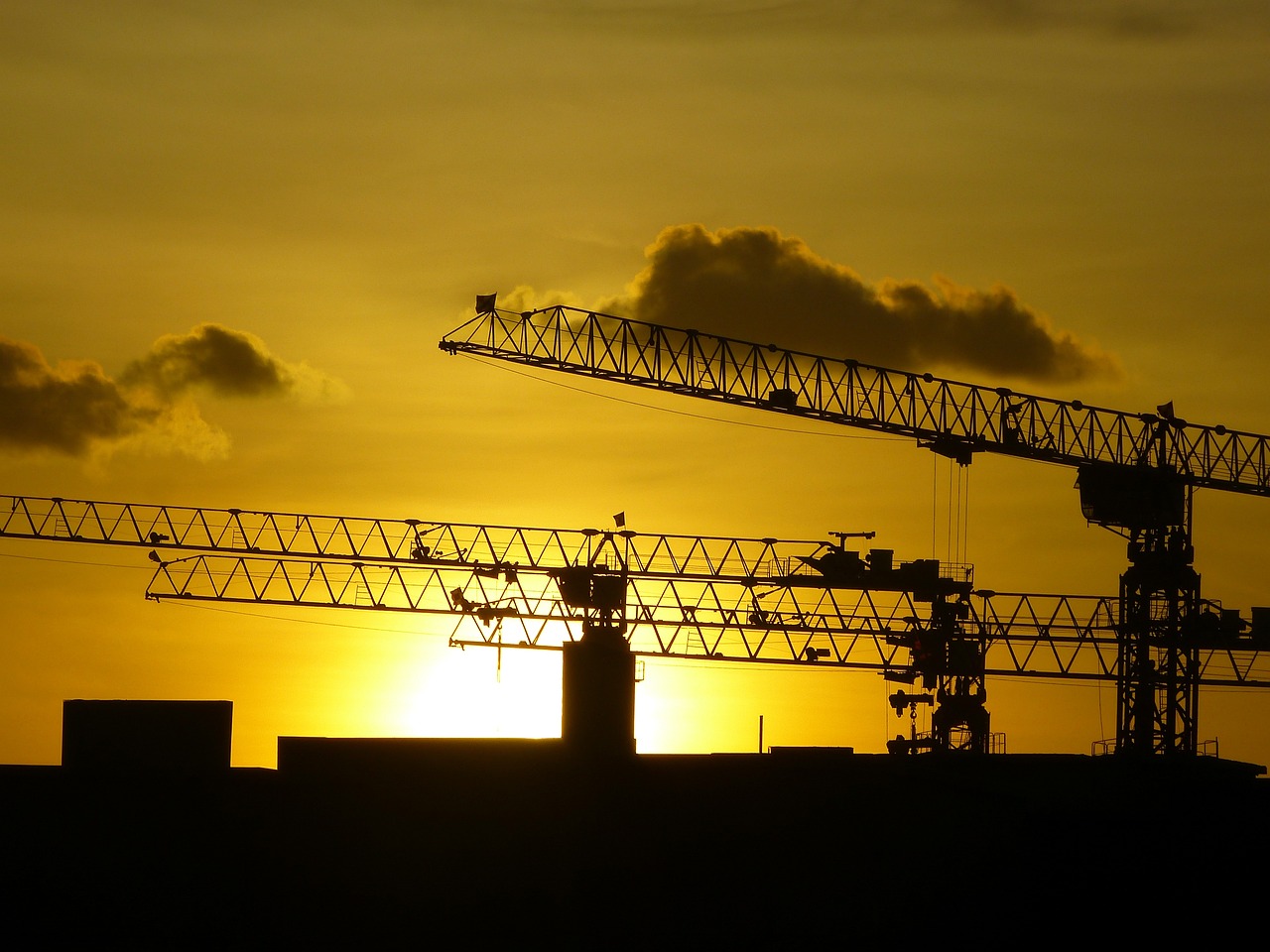Construction technology has seen remarkable transformations in recent years, driven by advancements in digital tools, automation, and sustainable practices. The industry, traditionally slow in adopting technology, is now at the forefront of some of the most innovative advancements.
These technologies range from drone surveys and 3D printing and autonomous construction vehicles among others. The integration of these technologies has not only increased efficiency but also enhanced safety and sustainability in construction practices.
Through this article we explore and predict the trajectory of construction technology as we further into the year. We will delve into emerging trends, potential new technologies, and how they might reshape the construction industry in the near future.
From AI-powered design tools to eco-friendly materials, we aim to provide a comprehensive overview of what the future holds for construction tech.
Platforms for cloud computing and teamwork
Cloud computing and other collaborative tools have totally transformed the way construction workers communicate, exchange data, and cooperate on projects. Looking ahead to 2024, we may expect even more interesting breakthroughs in cloud-based solutions. These technologies will increase scalability, security, and accessibility, allowing construction teams to work more smoothly and productively.
These systems enable construction workers to stay linked and on the forefront of their projects from anyplace, thanks to real-time collaboration capabilities, sophisticated document management features, and extensive project tracking tools. Errors are reduced, productivity is increased, and communications among the project’s participants is improved by using the potential of cloud computing.
Cloud-based technologies will surely drive the future of construction, delivering unparalleled ease, efficiency, and success to the sector.
Advances in digital twins
Digital twins have transformed the building industry by reinventing collaboration, visualization, and managing projects. We foresee major breakthroughs in digital twin technology by 2024, incorporating cutting-edge artificial intelligence (AI) and machine learning (ML) capabilities.
These artificial intelligence-powered digital twin solutions will automate monotonous processes, allowing users to examine massive datasets and derive predictive insights. The end result? Increased operational efficiency, fewer mistakes, and better decision-making lead the construction sector to unprecedented success.
Digital twins, which use Building Information Modeling (BIM) at its heart, are redefining how we design, construct, and maintain buildings, ushering in a new era of creativity and productivity.
Construction Artificial Intelligence
The introduction of artificial intelligence (AI) into the construction sector heralds a new age of unparalleled efficiency and accuracy. AI is expected to further revolutionize the sector in 2024, streamlining processes from planning and design to implementation and maintenance.
Highly sophisticated algorithms can automate complicated operations, recognize patterns in data, and forecast outcomes, allowing for more precise project estimation and risk assessment. AI may also improve workplace safety by recognizing possible threats and enhancing workplace safety.
Furthermore, when integrated with other technologies such as digital twins, AI may power data-driven decision-making, making building projects more effective, cost-effective, and error-free. In 2024, there will surely be greater convergence between AI and building, offering up intriguing new pathways of possibilities.
Internet of things (IoT) and smart building
The Internet of Things (IoT) is transforming the construction sector by linking a wide range of gadgets and machinery on building sites.
Internet of Things (IoT) sensors will play a critical role in the construction sector by 2024, extensively monitoring and improving building operations. These sensors will measure equipment usage to ensure optimal efficiency and production. They will also regularly check worker safety to ensure a safe working environment.
Furthermore, IoT devices will aid in inventory management by providing real-time tracking and effective resource allocation. This thorough data collecting and analysis will provide significant insights to construction organizations, allowing for planned upkeep and proactive management of projects.
With the potential of IoT, the construction sector will attain unparalleled levels of effectiveness, security, and production.
Surveying and inspection drones
Drones have made important contributions to the area of construction in recent years, altering project execution. Looking forward to 2024, their influence is expected to expand much further.
Drones, equipped with modern technology such as high-tech cameras and LiDAR, have the extraordinary capacity to survey enormous regions quickly and precisely, taking high-resolution photos and building elaborate 3D models. This not only speeds up inspections on site but also improves progress tracking and quality control methods, keeping projects on pace.
Furthermore, drones play an important role in increasing safety by removing the need for personnel to do dangerous jobs at elevated levels or in hazardous settings.
Virtual reality (VR) and augmented reality (AR)
In the construction business, augmented reality (AR) and virtual reality (VR) have enormous promise. AR allows workers to view and engage with digital representations, designs, and data on-site by superimposing comprehensive digital data onto the real-world environment. This helps their knowledge of complicated tasks and decision-making. VR, on the other hand, produces completely immersive virtual environments for stakeholders to explore, allowing them to experience and assess projects before they begin development.
Stakeholders acquire a better grasp of the concept, identify possible concerns, and give useful input by virtually walking through the project. These technologies enable more efficient and successful project outputs by revolutionizing communication, collaboration, and decision-making.
Prefabrication and modular building
Modular and prefabricated building are becoming increasingly prevalent in the construction business. These new approaches have various advantages, including shortened project timeframes, lower costs, and greater quality control. Looking ahead to 2024, we may see a larger use of off-site production procedures.
This method involves fabricating building components in controlled conditions and then seamlessly assembling them on-site. This improves productivity while also allowing for greater flexibility and scalability, making it a perfect alternative for time-sensitive tasks.
Furthermore, this strategy is critical in meeting the ever-increasing need for affordable housing and infrastructure. We are paving the path for a more streamlined and sustainable future in the construction sector by embracing these developments.
Construction technology that are environmentally friendly
The building sector has a large environmental impact, consuming enormous resources and producing significant trash. However, by 2024, sustainable building technologies are expected to significantly minimize this effect and propel the industry toward more environmentally friendly practices.
Green building technologies and materials, such as recycled plastics and bio-based materials, will be more widely used to minimize carbon emissions and waste. Furthermore, energy-saving technology such as solar panels and smart grids will be included into building designs in order to reduce energy usage and embrace renewable resources.
On-site waste management technology and recycling procedures will also be common, with the goal of reducing building waste. Techniques such as rainwater collecting and greywater recycling will be more widely used to conserve resources. These advances in sustainable building technologies, when combined, will usher in a new age of ecologically responsible construction, contributing to the worldwide fight to address climate change.
To conclude:
The year 2024 is shaping up to be a watershed moment in the building sector, with sustainability becoming the norm rather than the exception. We are paving the road for a more efficient, safer, and sustainable future in construction by adopting these trends and advancements. Stay ahead of the curve by adopting these technologies into your projects, and see the great influence they can have on both the outcomes of your initiatives and the environment around us.




